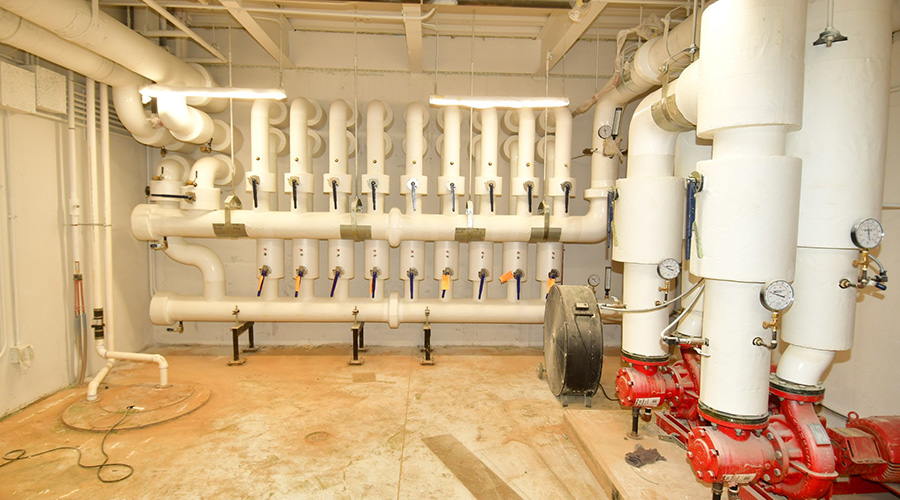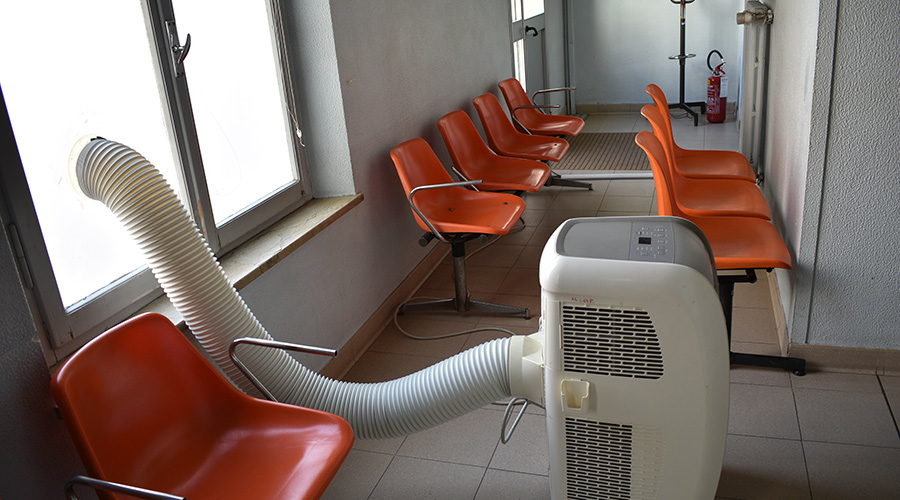Retrocommissioning: Bottom-line Benefits
The retrocommissioning process can generate bottom-line benefits that maintenance and engineering managers are looking for.
One project I performed demonstrates the types of bottom-line benefits that managers can generate for their organizations through the retrocommissioning process. The project involved a three-story university building. Built in 1915, the facility contained classrooms, offices, and a lecture hall. During the initial walk-through, I observed that the HVAC system for the lecture hall was operating seven days a week, but building occupants said it usually is used only Tuesdays and Thursdays. This seemed like an opportunity to save energy and money.
Fortunately, the lecture hall had its own dedicated HVAC system, a supply AHU-1 and a return air fan (RAF) 1 that operators could re-schedule independently without affecting other building operations. AHU-1 and RAF-1 were operating Monday through Friday from 7 a.m. to 8 p.m., as well as Saturday and Sunday from 8 a.m. to 5 p.m., for a total of 81 hours operating per week. AHU-1 used a 2 horsepower (hp) motor, and RAF-1 used a ½ hp motor, for a total of 2½ hp.
The cost for horsepower per hour at the facility was about $0.06, so 2½ hp multiplied by $0.06 equals $0.15 per hour to operate. Based on an operating schedule of 81 hours per week, this unit costs $12.15 per week, or $631.80 per year, in electricity costs. The HVAC system then was re-scheduled to operate Tuesday and Thursdays only for 13 hours days each, for a total of 26 hours per week — $0.15 per hour multiplied by 26 hours equals $3.90 a week, or $202.80 per year. Re-scheduling the HVAC system resulted in a total savings of $429 per year.
This savings is in regards to HVAC electricity use alone and does not factor in other operating costs, such as the chilled water and hot water use and related pumps. It is just one example of one room in a university building, but it shows the importance of the retrocommissioning process. By doing a total building study and adding all the pieces of the puzzle, managers and their organizations can save thousands of dollars can be saved.
Philip McCrory has provided professional engineering/architectural services for over 30 years; specializing in building commissioning, testing, adjusting and balancing, energy audits and field inspections. Mr. McCrory’s expertise is with HVAC and plumbing design in commercial, higher education and industrial facilities.
Related Topics:















